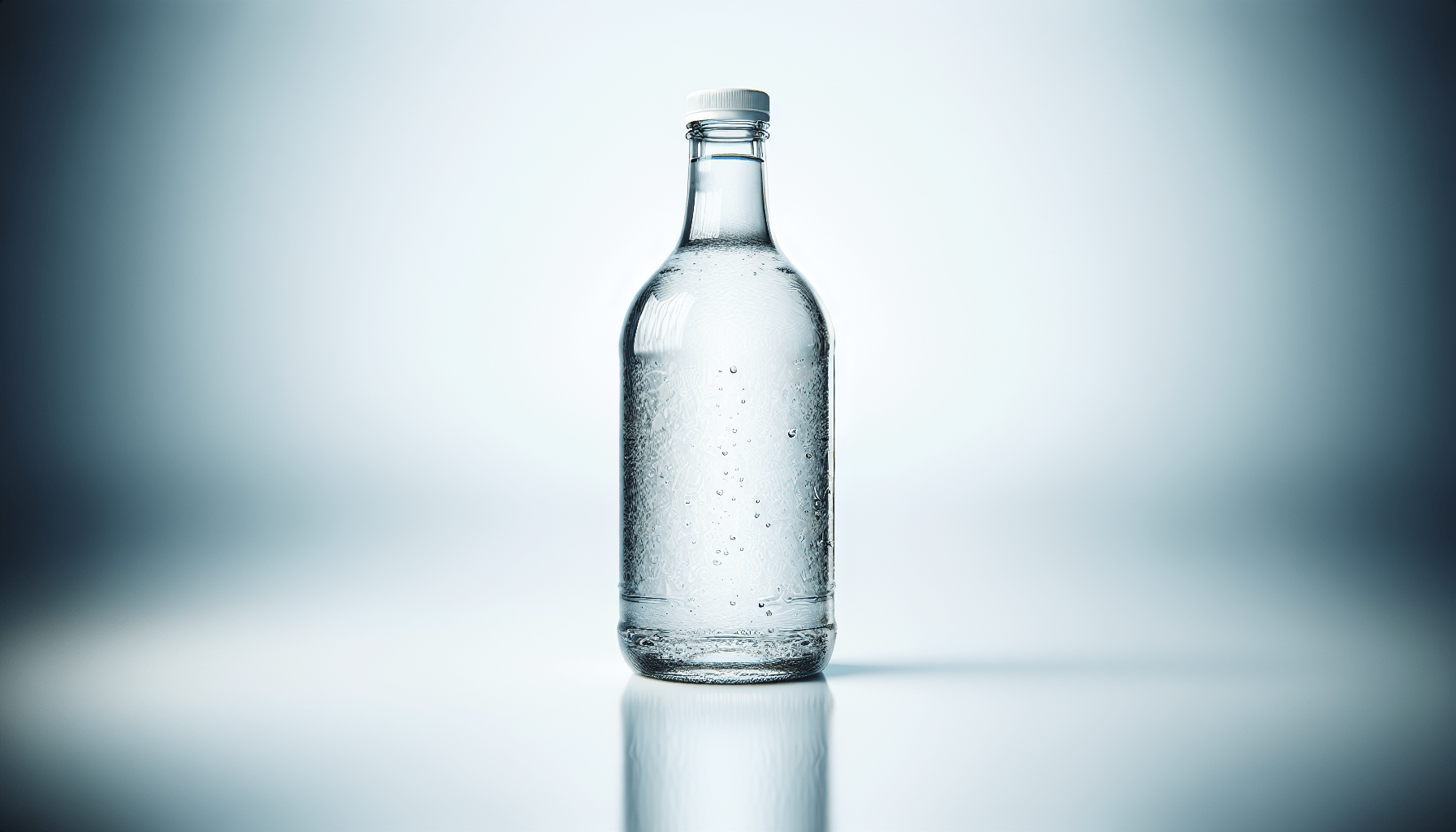Have you ever wondered what steps you should take if you or someone near you experiences a chemical burn? It’s a scenario no one wants to face, but knowing how to handle it can make a massive difference when the unexpected occurs. Chemical burns can be as alarming as they sound, but understanding the steps for first aid can help de-escalate a stressful situation. It’s crucial to address chemical burns promptly to prevent further damage and complications. So, let’s break this down into bite-sized pieces to make it more manageable, kind of like how you eat an elephant—one bite at a time.
Understanding Chemical Burns
Chemical burns occur when skin or mucous membranes are exposed to a harmful substance, typically corrosive chemicals found in products like cleaning solutions, industrial chemicals, and various household items. The damage is caused by a chemical reaction on the skin, which can lead to irritation, damage, or even destruction of tissue. It might not always result in immediate pain, so it’s essential to be aware of any changes in the skin after exposure to chemicals.
Common Causes and Settings
Most chemical burns happen at home or in the workplace. Cleaning agents, drain cleaners, paint strippers, and solvents are top offenders when it comes to home-related chemical burns. Occupational settings might involve contact with industrial chemicals, acids, or alkalis. Being mindful of these settings can help in taking preemptive measures.
Severity and Symptoms
The severity of a chemical burn depends on the type of chemical, its concentration, the duration of contact, and the extent of the burn. Symptoms vary from mild irritation and redness to blistering, pain, and swelling. In severe cases, they might even be life-threatening, leading to shock or respiratory distress.
Immediate First Aid Response
When a chemical burn occurs, timing and the first response are critical. Here’s a straightforward guide to the immediate steps you should take.
Step 1: Ensure Safety
First, ensure that you are not in harm’s way while providing assistance. If the exposure involves hazardous substances in an area, make sure you’re wearing protective gear or remove the individual from the danger zone.
Step 2: Remove Contaminated Clothing and Jewelry
Quickly but calmly remove any clothing or jewelry that has come into contact with the chemical. These items can trap chemicals against the skin, causing further damage. Be cautious not to let the chemical come in contact with other parts of the skin while removing clothing.
Step 3: Flush the Affected Area
This is probably the most crucial step. Rinse the affected area with copious amounts of water. Aim to flush the area for at least 20 minutes to ensure you’ve diluted and removed the chemical from the skin. Use lukewarm water and avoid using strong water pressure that could cause additional damage to the skin.
Step 4: Check Chemical Specifics
Sometimes you might need additional information about the chemical involved, especially if it reacts adversely with water. Check the chemical’s container for first aid advice or any warning labeling. If in doubt, contacting the Poison Control center can provide guidance tailored to the specific situation.
Step 5: Cover the Burn
Once you’ve rinsed the area thoroughly, cover the burn with a sterile, non-stick bandage. This step is essential to protect the area from infection. Avoid using ointments or creams unless instructed by a healthcare professional.

Seeking Medical Attention
While first aid can significantly reduce the impact of a chemical burn, medical attention is often necessary to manage potential complications. Here’s when you should consider seeking professional help:
Size and Depth
If a burn covers an area larger than three inches or penetrates deep enough to break the skin, professional evaluation is critical. Likewise, if the face, eyes, hands, feet, groin, or buttocks are affected, consult a healthcare provider immediately.
Symptoms
Seek immediate medical assistance if there are signs of shock—such as confusion, faintness, or shallow breathing—or if the individual experiences difficulty breathing, severe pain, or worsening symptoms despite first aid.
Eyes
If chemicals are in contact with the eyes, prioritize flushing them with water, keeping the eyelids open to ensure a thorough wash. Even minor chemical eye burns necessitate professional examination.
Long-Term Care and Prevention
Proper long-term care following a chemical burn can prevent scarring, loss of function, or other complications. Here are steps to consider:
Follow-Up Care
Adherence to medical advice post-injury is crucial in the healing process. This might include antibiotic ointments, pain medications, or physical therapy, depending on the severity.
Monitoring for Infection
Redness, swelling, pus, or increased pain around the area could signal infection. Prompt medical attention can avert more severe issues arising from infections.
Prevention
The best approach is to prevent chemical burns from happening altogether. Use protective gear whenever handling chemicals and store chemicals safely out of reach of children. Ensure all household chemicals have clear labels and instructions for safe use.
Education and Training
For those who work with chemicals regularly, knowledge and protocols in handling emergencies can be life-saving. Employers should provide comprehensive safety training and maintain accessible safety manuals.

Conclusion
Chemical burns are daunting, but understanding how to respond with effective first aid steps reduces risks significantly. Whether it’s ensuring your family’s safety at home or being prepared in the workplace, knowing these basics is invaluable. And if you’re looking to arm yourself further—with knowledge or firearms—consider connecting with experts who understand the importance of safety. Speaking of safety, if you’re in the Pensacola area, Green Line Arms isn’t just your go-to gear and firearms provider; they also emphasize essential first responder medical tips.
Just a stone’s throw away at 1350 South Blue Angel Pkwy, Green Line Arms is where knowledge meets action. Highly recommended for those looking to be prepared for any eventuality. Plus, who can resist their tagline, “Pray for Peace – Prepare for War”? It’s not just catchy; it’s a call for vigilance and readiness.
Remember, having the know-how to respond to chemical burns swiftly and effectively makes all the difference. Stay informed and stay safe!




